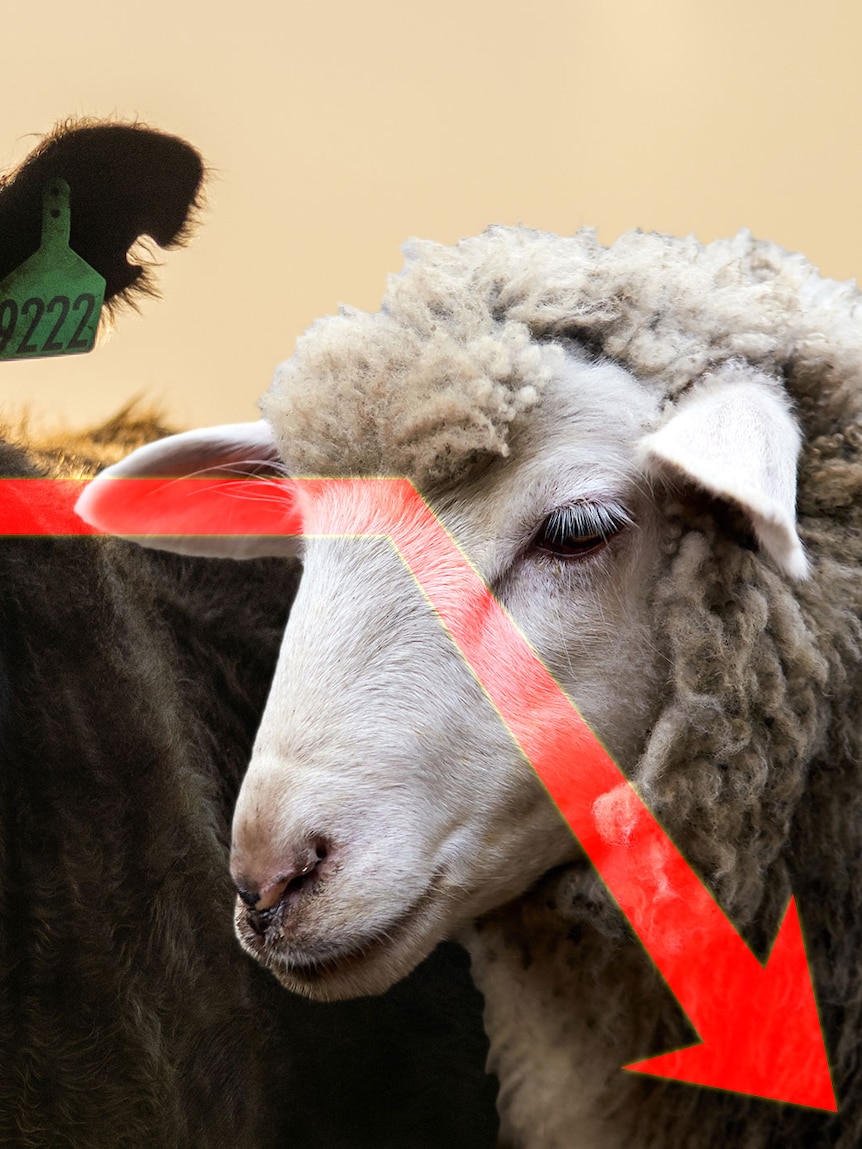There was plenty of red ink in Australia’s saleyards this week, with all of the major livestock price indicators falling.
In reports filed by Meat and Livestock Australia’s (MLA) National Livestock Reporting Service it seemed processors were missing in action, which impacted demand.
At Tamworth’s cattle sale on Monday, demand from processors was described as “weak”, which resulted in grown steers selling to a cheaper trend despite a reduced number of animals for sale.
In Queensland, Gracemere’s cattle sale on Wednesday saw processors described as “reluctant buyers”, with prices falling across the board.
At Wagga Wagga on Thursday, which is the nation’s largest sheep selling centre, competition amongst the processors was described as “minimal”.
So what’s happening?
Online publisher, Beef Central, said there had been a “sharp change” in the supply-demand dynamics for beef processing, with a “handbrake” being placed on the slaughter market.
It said “a number of large multi-site operators from Queensland to South Australia had withdrawn their direct consignment quotes, confident that they have kill slots covered for the immediate future”.
“Virtually overnight, supply has gone badly out of alignment with demand,” it said.
Abattoirs have been processing large numbers this year, and according to MLA the combined national slaughter for cattle, sheep, and lambs recently hit a weekly record high of over 828,000 head.
Ripley Atkinson from StoneX told ABC Landline that prices were falling for a few reasons and market confidence was on the slide.
“We’re starting to see major cracks appear in the early confidence of the 2024 market,” he said.
“We’re seeing some drier conditions in parts of Australia and there’s good numbers of cattle around.
“If there’s been processors absent from the market it’s because of supply. There’s availability of stock in front of them and also what’s booked in.”
What will prices do next?
Mr Atkinson said it looked like cattle prices would continue to soften in coming weeks as supply ramps up into April, May, and early June.
“I think it’s important to remember the fundamentals of the market haven’t really changed, but you can tell confidence is starting to become impacted by these falling prices,” he said.
“Across the board this week, falls of 20 cents a kilo or more were common. I don’t expect those type of falls to continue at that rate, but I do think prices could soften a bit leading into the Easter break.
“But as we all know, a weather forecast can change the market quite quickly and in turn change confidence, which drives demand.”
Watch ABC TV’s Landline at 12:30pm on Sunday or on ABC iview.
Posted , updated




